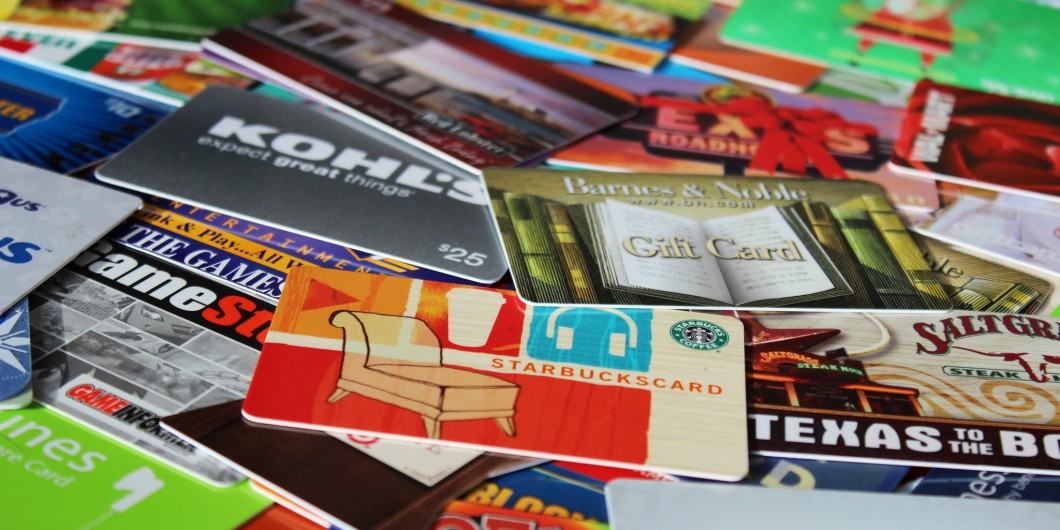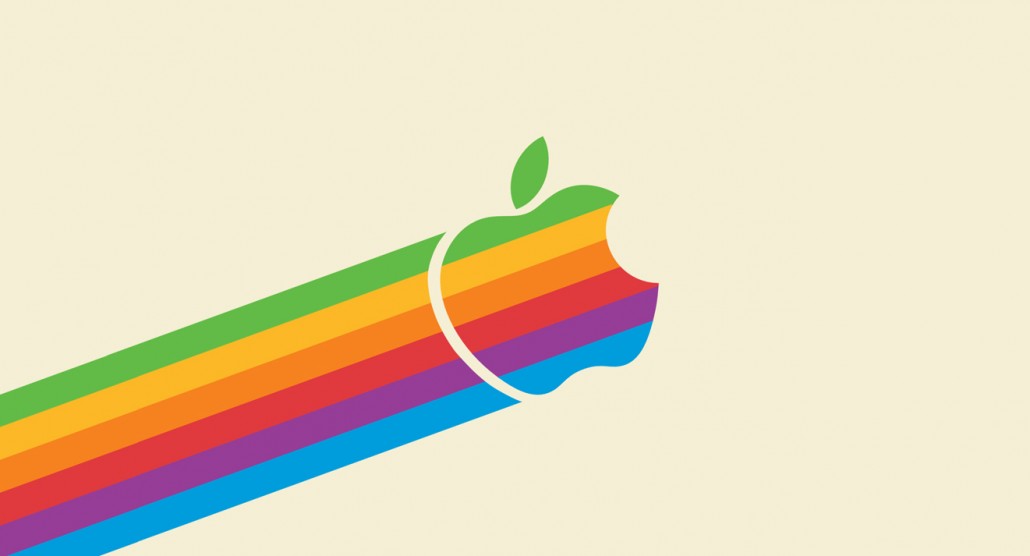I bet I can guess what you’re not giving your loved ones for Christmas this year. It’s not going to be the PlayStation VR headset. Or an adult colouring book. Definitely not a Kylie Cosmetics matte lip kit. It’s going to be plastic. Lots of plastic money.
The gift card has never been so popular. In Quebec, according to Conseil québécois du commerce de détail (CQCD), an astonishing 1 in 2 people will put one under the tree this year. Ten years ago, that number was more like 1 in 3.
And the trend shows no sign of slowing down. Merchants want us to buy a gift card just as much as we want to buy it for convenience.
The Holidays are a peak buying period. Gift cards are so popular that Canadians claim to give an average four per year—total value of $120. That means that in Quebec alone, $240 million worth of gift cards will be downloaded in the next few weeks.
Although downloadable cards are a must for retailers, it’s common to see retail sales of gift cards double if there’s a plastic form.
Yet, every year, tens of millions of dollars of good intentions languish in drawers or that forgotten section of your wallet. Gift cards may be top of the wish list, but 1 in 5 won’t ever be used.
For brands, this is all win-win. Money comes in without having to give something in return. Cha-ching. Many of those who do redeem their gift cards will inevitably end up buying more than the card’s value. Double cha-ching.
Furthermore, those additional sales are usually generated right after the holiday season, when the retail sector goes into a stagnant period.
The growing popularity of gift cards is a response to what many economists call the “inefficiencies” of giving Christmas gifts. Purchasing a gift in store and wrapping it up in pretty paper is seen as a waste of money and resources. Economists even say that it “destroys” value, because the gift has more value for the giver than it does for the recipient. The giver is willing to overspend in a bid to please the recipient, who, in the same position, would not have paid that much money for that gift.
If we compare all the money spent to the pleasure it generates, we all end up poorer on December 25!
This perception gap (i.e. your brother-in-law’s bad taste) is responsible for the countless forgotten neckties, dried-up beauty products and dusty kitchen scales that will never see the light of day. Fortunately, hiding unwanted gifts is not the only solution.
Since the 2008 economic crisis, the shame of regifting has firmly lifted, making it increasingly more acceptable to pass on your ugly sweaters to another lucky recipient. Currently, 83% of Americans claim to be comfortable with recycling gifts and the search term “regifting” sees explosive numbers on Google in December. You can also sell your unwanted gifts on Kijiji, Craigslist or eBay before Boxing Day even rolls around.
Gift cards can also be resold, thanks to the many online platforms that will now buy or exchange the value of your unredeemed gift cards, or even buy the balance on your gift cards. They generally offer you 80% of the card’s value in money, while others will offer you more than that in gas cards. So there’s no good excuse for having unused gift cards.
A gift card makes everyone happy. It’s convenient for the giver, practical for the recipient and profitable for the merchant. Truthfully, those cards may even be recycled and enjoyed a second time—they are made out of plastic, of course.
This article was originally published in French in L’actualité magazine.


